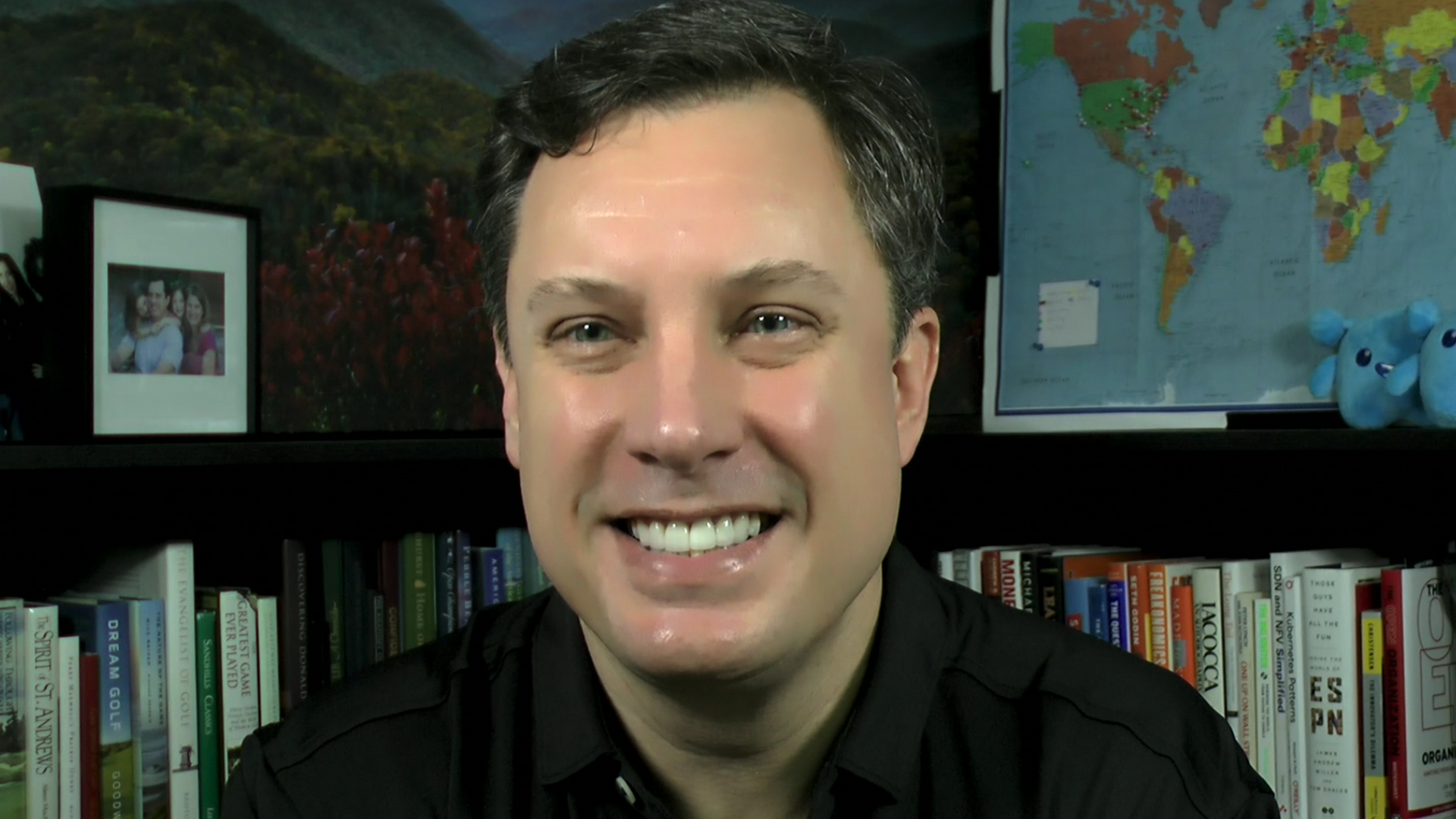 CLOUD
CLOUD
 CLOUD
CLOUD
 CLOUD
CLOUD
Based on the proliferation of services in the cloud, major bottlenecks, such as computing on demand, have emerged.
The supercloud concept seeks to turn the tables through a common layer, according to Brian Gracely (pictured), head of marketing at Solo.io Inc.
“Supercloud … whether it’s a Snowflake or a MongoDB Atlas or maybe what Cloudflare is doing at the edge, those things get rid of some of those old paradigms,” Gracely said. “Yes, it’s still computing, storage or data access, but there’s a whole other level of something that we didn’t carry forward from the previous days. And that really kind of breaks the paradigm.”
Gracely spoke with theCUBE industry analyst Dave Vellante at the Supercloud2 event, during an exclusive broadcast on theCUBE, SiliconANGLE Media’s livestreaming studio. They discussed the viability of the supercloud concept in the modern enterprise world. (* Disclosure below.)
Since the on-premises estate is here to stay, supercloud will play an instrumental role in connecting it with the cloud, according to Gracely. Therefore, supercloud will be pivotal in creating a hybrid-cloud experience.
“I still look for kind of that killer application, that sort of lighthouse use case of hybrid applications between data center and the cloud,” he said. “I think we see some stuff where backup is a part of it. And then … where do these supercloud applications fit in?”
The global usage of application also creates the supercloud narrative, according to Gracely, who said Snowflake Inc. is propelling this concept.
“I think there are a bunch of instances where you go, ‘Look, I have a global application, I have a thing that has to span multiple regions,”’ he said. “That’s where the supercloud concept really comes into play. Maybe a better name is super app for something like Snowflake.”
Since Snowflake’s governed data-sharing concept has set the supercloud ball rolling, more research is necessitated for it to fully take shape. Nevertheless, it is an idea that is here to stay, Gracely added.
“From a technology perspective, the companies you name, the services you’ve named have sort of proven that the concept is viable and it’s viable at a reasonable size,” he said. “A lot of these things come out of research that has been done previously. But, I think the future is going to involve supercloud somewhere, whatever people end up calling it.”
The presence of dozen of services and networking costs are some of the pain points that supercloud seeks to tackle, according to Gracely, who said that these are part of the frustrations that enterprises have to endure.
“I think the sprawl of some of the clouds has created a user experience that a lot of people are frustrated with,” he said. “We see people like DigitalOcean and we see others who are saying, ‘Hey, we’re going to be that simplified version.’ So, there’s always that yin and yang. I think people are super frustrated at network costs.”
Since many organizations have become multicloud on purpose, the need for a unifying layer across clouds has become more vital. Therefore, supercloud seeks to fill the void, according to Gracely.
“I think if you talk to most companies, they would tell you, ‘Holistically, yes, we’re multicloud, but we got to multiccloud not in the way that maybe vendors perceived, kind of laid out a map for,'” he said. “So you will lay out this sort of supercloud framework.”
Hyperscalers have to undertake a delicate balancing act when it comes to creating standards across clouds so that they don’t water down their competitive advantage, according to Gracely, who said this is the flywheel created by the cloud.
“I think it’s like BigQuery external or something along those lines, that allows you to say, ‘Look, you can use BigQuery against like S3 buckets and against other stuff,”’ he said. “And so I think the cloud providers have kind of figured out, ‘I’m never going to get the application out of that other guy’s cloud or the other cloud. But maybe I’m going to have to figure out some interesting ways to sort of work with it.’”
Here’s the complete video interview, part of SiliconANGLE’s and theCUBE’s coverage of Supercloud2:
(* Disclosure: This is an editorial segment. TheCUBE is a paid media partner for Supercloud2. Sponsors for theCUBE’s event coverage do not have editorial control over content on theCUBE or SiliconANGLE.)
Support our open free content by sharing and engaging with our content and community.
Where Technology Leaders Connect, Share Intelligence & Create Opportunities
SiliconANGLE Media is a recognized leader in digital media innovation serving innovative audiences and brands, bringing together cutting-edge technology, influential content, strategic insights and real-time audience engagement. As the parent company of SiliconANGLE, theCUBE Network, theCUBE Research, CUBE365, theCUBE AI and theCUBE SuperStudios — such as those established in Silicon Valley and the New York Stock Exchange (NYSE) — SiliconANGLE Media operates at the intersection of media, technology, and AI. .
Founded by tech visionaries John Furrier and Dave Vellante, SiliconANGLE Media has built a powerful ecosystem of industry-leading digital media brands, with a reach of 15+ million elite tech professionals. The company’s new, proprietary theCUBE AI Video cloud is breaking ground in audience interaction, leveraging theCUBEai.com neural network to help technology companies make data-driven decisions and stay at the forefront of industry conversations.